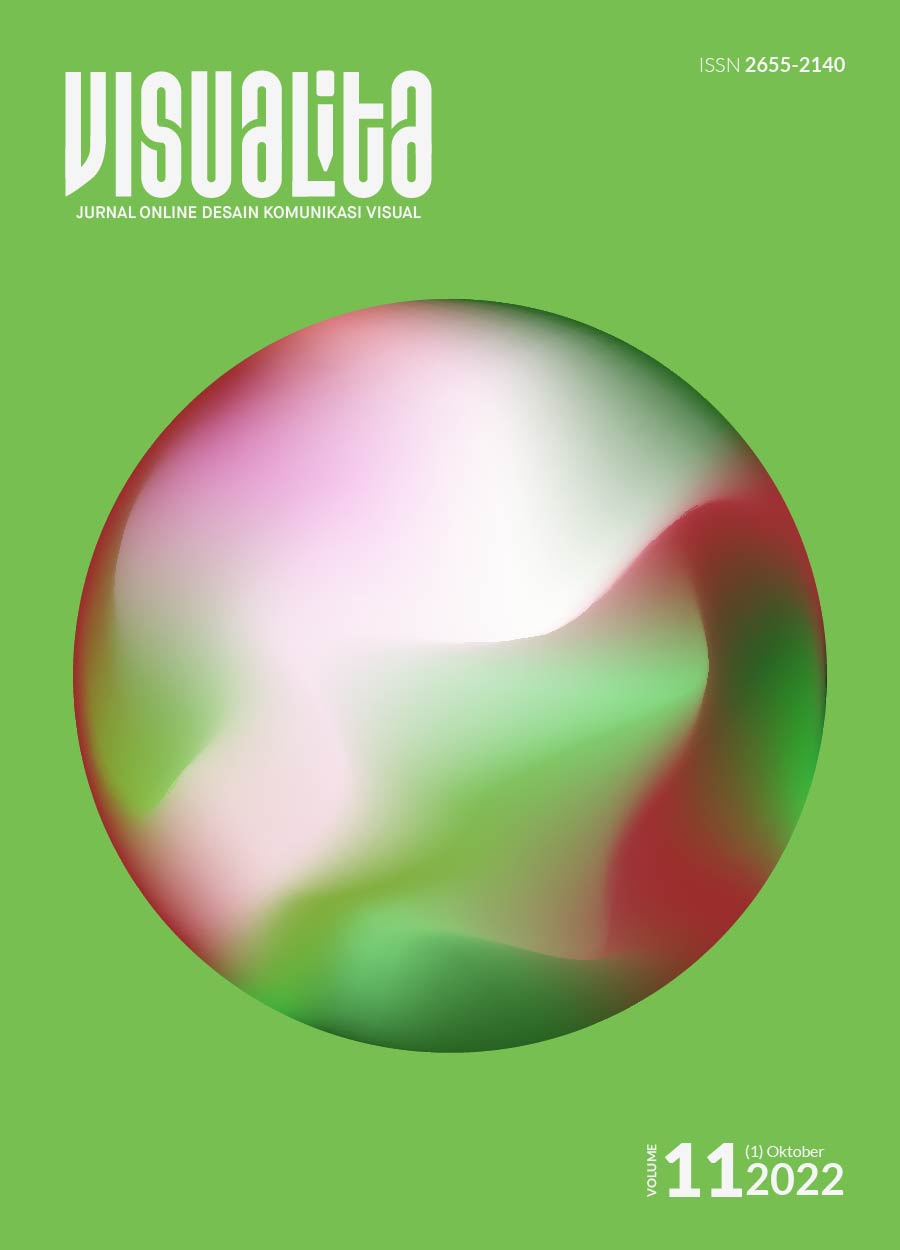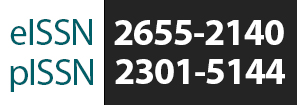Reflecting Pictorial Language Design for Tactile Pictogram (Tactogram)
DOI:
https://doi.org/10.34010/visualita.v11i1.6514Keywords:
pictorial language, tactogram, visually impaired, orientation and mobility system, tactile graphic-based informationAbstract
This paper is intended to reflect on an appropriate pictorial language design for the tactogram. The research method used document study analysis based on the three previous studies. The data included the results of designing pictorial language using Tabrani's 'ancient visual language' theories. Tabrani revealed how to read stories in pictures through translating the drawn multiple images in a panel as motion descriptions of the object. The author assumed the descriptive image system as a suitable pictorial language concept in designing tactogram for the visually impaired as orientation and mobility system in train stations. In general, if the visually impaired still cannot understand the meaning of the tactogram symbols simultaneously with their sequential reading principle, then the pictorial language is not optimal yet. It indicates some errors in designing its system because it does not meet the visually impaired ability and habits to read tactile graphic-based information.
Downloads
Downloads
Published
Issue
Section
License
Authors who publish with Visualita agree to the following terms:
- Authors retain copyright and grant the journal right of first publication with the work simultaneously licensed under a Creative Commons Attribution-NonCommercial 4.0 International License.
- Authors are able to enter into separate, additional contractual arrangements for the non-exclusive public distribution and display of the journal's published version of the work (e.g., post it to an institutional repository or publish it in a book), with an acknowledgement of its initial publication in this journal.
- Authors wishing to include items (such as images or other media, or any creative works of others whether previously published or not) must contact the original copyright holder to obtain explicit permission to publish these items in Visualital. Writing permission should include: the title(s) of any copyrighted work, original place of publication if applicable, and an acknowledgement of having read Visualita copyright notice. Authors are responsible for obtaining this permission and keeping it in their own records for later verification.






